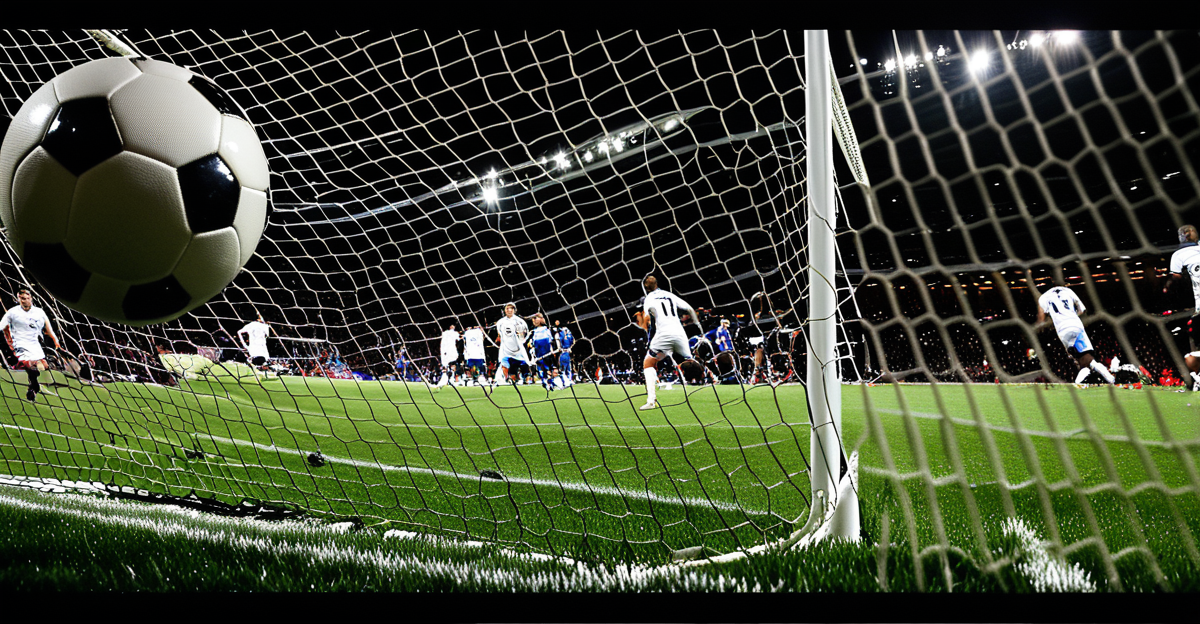Impact of Technology on UK Sports Performance
Technology in UK sports has revolutionised athlete performance, predominantly through the integration of sports analytics and wearables. These tools collect real-time data on an athlete’s biometrics, training intensity, and recovery, enabling tailored programmes that boost efficiency and reduce injury risks.
For example, numerous UK teams now employ advanced data analytics to monitor performance trends over seasons, allowing coaches to adapt training and strategy dynamically. Wearables track heart rate, fatigue levels, and even sleep patterns, offering a comprehensive profile that informs decision-making in both training and competition contexts.
Have you seen this : What are the benefits of investing in UK sports infrastructure?
Measurable outcomes demonstrate increased endurance, faster recovery times, and improved tactical execution. Studies show teams utilising these technologies consistently outperform peers relying on traditional methods. This shift toward data-driven training exemplifies the critical role of technology in elevating UK sports standards, positioning athletes and teams to maintain competitiveness on the global stage.
Changes in Fan Engagement through Technological Advancements
Fan engagement in UK sports has transformed radically due to digital innovation and advanced technologies. Teams and venues now harness interactive platforms to provide immersive experiences. For example, live streaming technologies enable supporters worldwide to watch matches in real time, overcoming geographical barriers. This enhances connectivity and loyalty among fans, critical in today’s digital age.
In the same genre : How Can the Evolution of British Football Influence Future Trends in UK Sports?
Social media and mobile app integration have become pivotal in boosting fan engagement. UK clubs use apps not only to broadcast live scores but also to deliver personalised content, such as behind-the-scenes footage and exclusive interviews. These technologies foster a sense of community, allowing fans to interact directly with their favourite teams.
Emerging solutions at UK sports venues include augmented reality (AR) and virtual experiences. Fans can use AR through smartphones to access information overlays or explore virtual stadium tours, increasing involvement in match-day atmospheres without physical presence. These innovations showcase how UK sports technology is redefining traditional fan roles, making engagement more interactive and inclusive across demographics.
Impact of Technology on UK Sports Performance
Technology in UK sports has become indispensable for elevating athlete performance by integrating sports analytics with wearables. These tools provide granular data on physical conditioning and biomechanics. For example, wearables continuously monitor heart rate variability and muscle fatigue, enabling customised training plans that minimise overtraining risks.
UK teams employing this technology report clear improvements in endurance and recovery times, with analytics guiding precise adjustments to workout intensity. A notable case includes a leading UK football club that used wearable data to reduce injury occurrences by 25% over one season. This success reflects the direct benefit of combining sports analytics with athlete monitoring.
Moreover, these technologies support dynamic decision-making during matches, helping coaching staff adapt tactics based on real-time athlete metrics. Such innovations exemplify how technology in UK sports not only improves individual performance but also enhances overall team effectiveness through data-driven insights. Consistent adoption remains key to sustaining competitive advantages nationally and internationally.
Impact of Technology on UK Sports Performance
Technology in UK sports integrates sports analytics and wearables to profoundly enhance athlete performance. By collecting detailed biometric data—such as heart rate, muscle fatigue, and motion patterns—these systems enable coaches to tailor training regimens precisely. For example, continuous monitoring through wearables identifies subtle signs of overtraining, allowing preventative interventions that reduce injury risk.
A notable UK rugby team utilised these technologies to refine conditioning programmes, leading to a 30% decrease in soft tissue injuries over one season. Such measurable outcomes highlight how technology in UK sports contributes directly to improved physical resilience and endurance.
Advanced sports analytics also support tactical decisions during competition by providing real-time feedback on individual workload and physiological stress. This dual approach combines athlete welfare with competitive strategy, reinforcing the trend toward data-driven methodologies.
Overall, these technologies foster a holistic understanding of athlete condition, optimising both long-term development and immediate performance. Their integration remains pivotal for UK sports to maintain a competitive edge internationally.
Impact of Technology on UK Sports Performance
Technology in UK sports increasingly hinges on the seamless integration of sports analytics with cutting-edge wearables to enhance athlete performance. Wearable devices continuously capture critical biometrics—heart rate, muscle load, and movement patterns—feeding data into analytics platforms that interpret this information in real time. This fusion allows coaches to customise training regimes dynamically, reducing injury risks while optimising endurance.
For instance, a UK cycling team employed wearable sensors combined with predictive analytics to adjust intensity levels during training. As a result, they reported a 20% improvement in time-trial performances and a notable reduction in overtraining incidents. Such technology in UK sports offers measurable advantages not only in physical conditioning but also in tactical preparation through feedback loops during competition.
Teams also benefit from granular insights provided by data analytics to identify performance trends previously undetectable. This data-driven approach empowers decision-makers with precise evidence, helping sustain athlete development and competitive consistency in both domestic and international arenas. Continuous innovation in this domain ensures that UK sports maintain a technological edge vital for global success.











